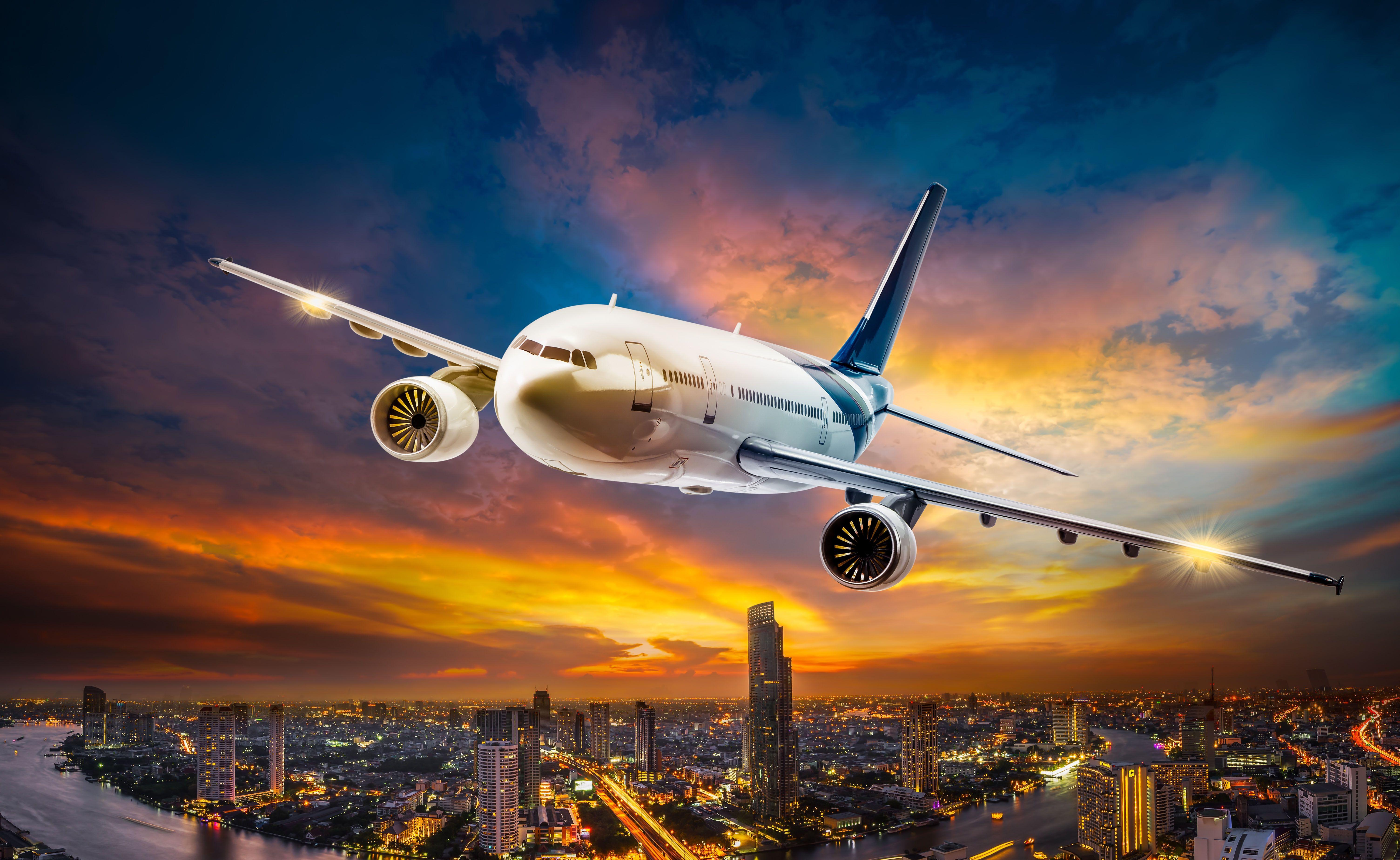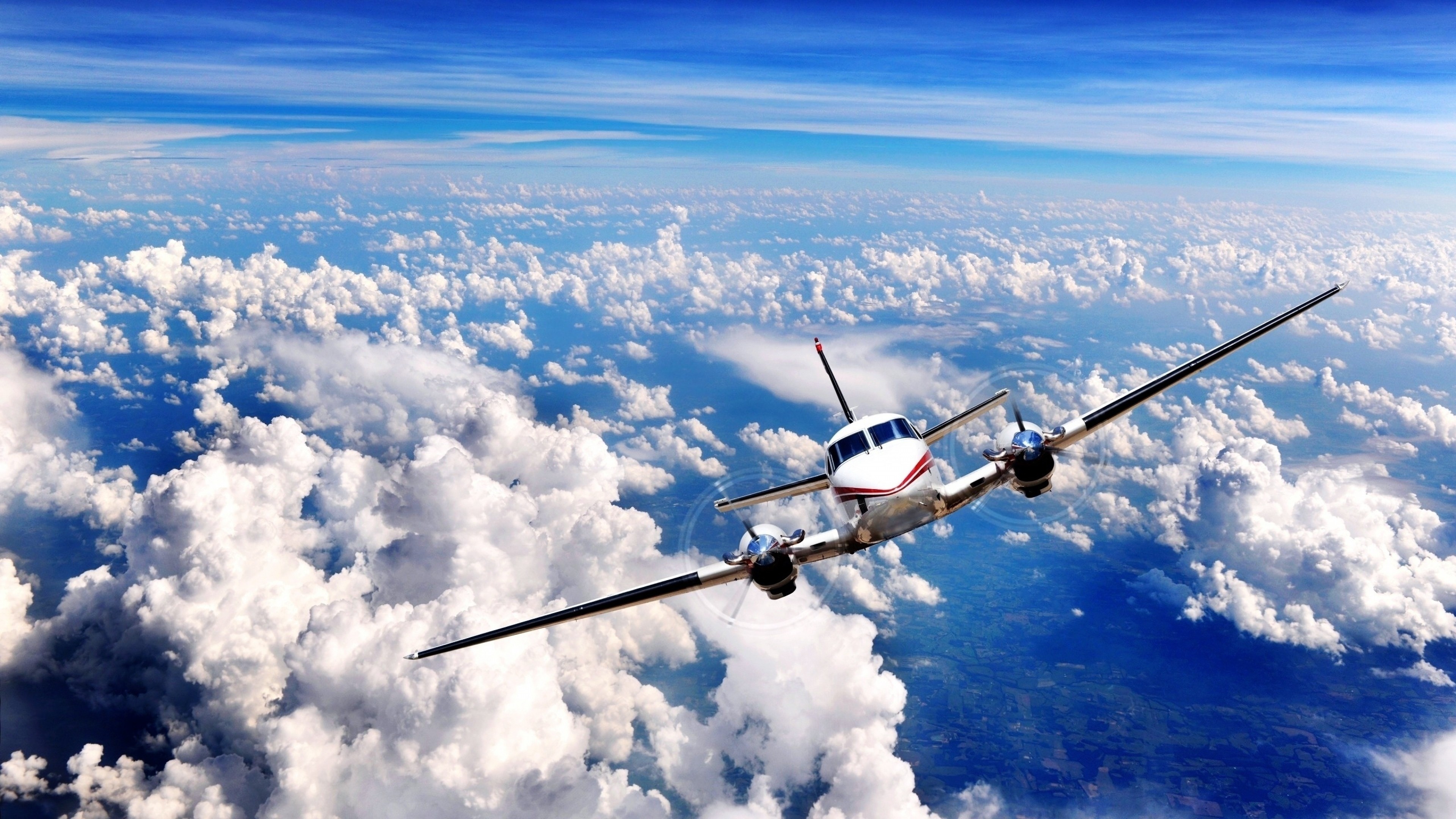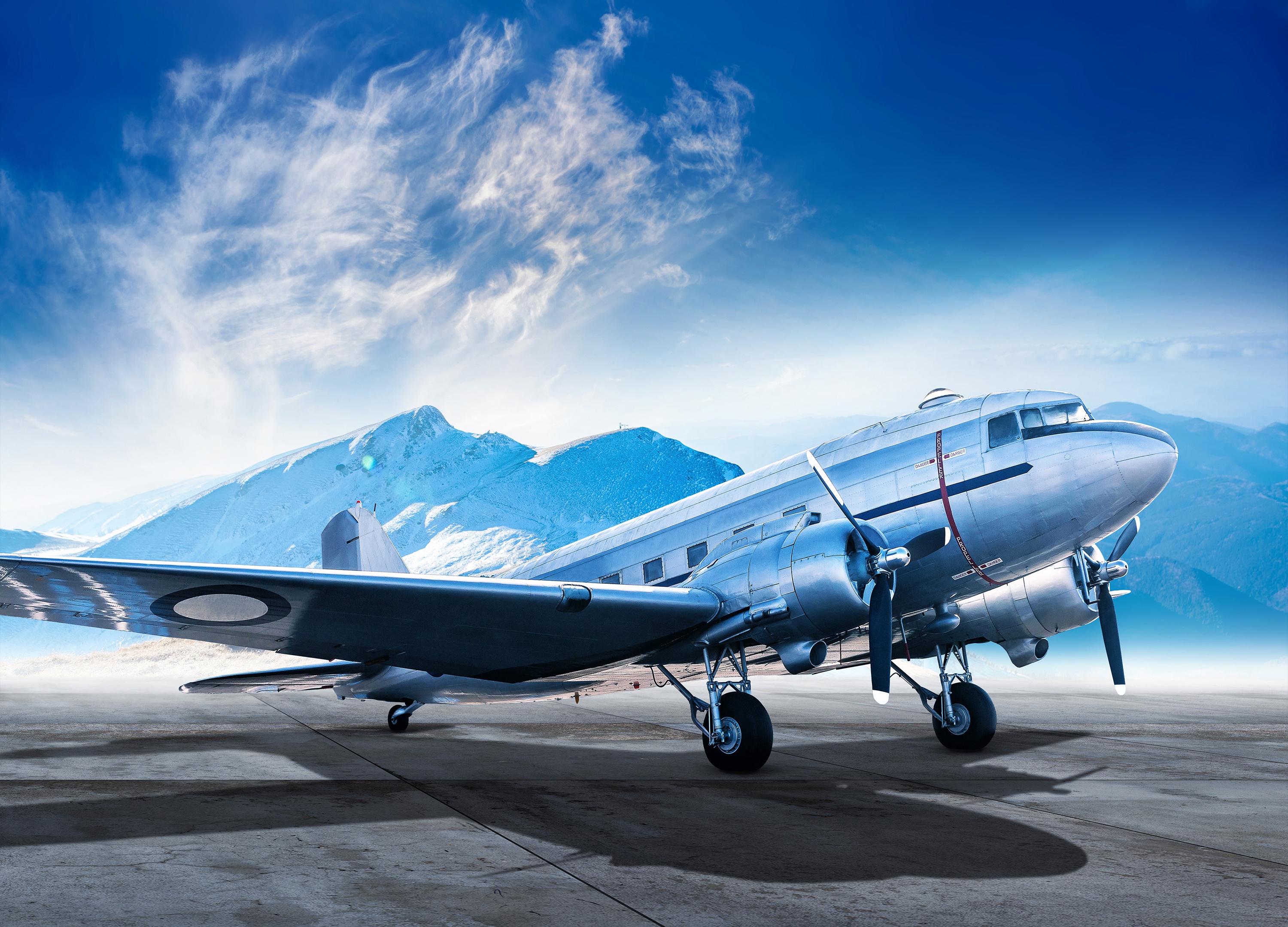Airplane Crash News - Understanding How Airplanes Stay Up
It's quite natural, when you hear about airplane crash news, to feel a bit of a shiver, or perhaps, a real desire to understand how these big machines actually work. We hear these stories, and our minds, well, they naturally want to make sense of things that happen high above us. Sometimes, the idea of something going wrong up there can feel very far removed from our everyday lives, yet it truly captures our attention. You might even remember that 1980 disaster comedy film, sometimes called Flying High!, which, in its own way, poked fun at the very idea of things going wrong on a plane. It shows, in a way, how much the concept of flight, and its occasional mishaps, has entered our shared conversations and popular culture.
So, this article is here to walk you through some very basic ideas about how airplanes manage to get into the air and stay there. We won't be looking at anything too complicated, just the simple principles that let these amazing vehicles carry people and things from one spot to another. It's a chance to get a better grasp of the everyday science that makes air travel possible, and, quite frankly, a little less mysterious. It's about pulling back the curtain, just a little, on something we often take for granted.
We'll talk about the main forces that are always at work when a plane is flying, and then we'll look at the different parts of an airplane and what each bit does. We'll also touch upon how these machines get their get-up-and-go, and how they’ve changed over the years. By the end, you should have a clearer picture of the basic mechanics that make flight happen, which, honestly, can make those news stories feel a little less overwhelming, just a little, because you'll have some background.
Table of Contents
- The Forces at Play - What Keeps a Plane in the Sky?
- Getting to Know the Parts - How an Airplane is Put Together
- What Parts Do Airplanes Have, and What Do They Do?
- Powering Through the Air - How Planes Get Going
- Different Engines, Different Ways to Move for Airplane Crash News
- Are All Airplanes the Same, and How Does That Affect Airplane Crash News?
- A Quick Look Back - The Story of Flight's Development
- Why Does Knowing Airplane History Matter for Airplane Crash News?
The Forces at Play - What Keeps a Plane in the Sky?
When an airplane takes to the sky, there are, actually, four main pushes and pulls that are always working on it. These forces are really important because they decide if the plane goes up, stays level, or comes down. Think about it like a constant tug-of-war in the air, with the plane right in the middle. It's a rather delicate balance that allows something so heavy to float, seemingly, with ease above the ground. You know, if you just drop a stone into the ocean, it goes straight down, right? That's one of these forces, the pull of the earth, doing its job. Airplanes have to deal with that same pull, but they also have ways to fight against it, or at least manage it.
One of these pushes is called "lift." This is the upward push that holds the plane in the air. The shape of the airplane's wings is very special, allowing air to flow over them in a particular way that creates this lift. It's kind of like how a hand sticks out a car window and feels a push upwards if you angle it just so. That upward push is what keeps the airplane from falling out of the sky. It's a pretty clever trick of physics, honestly, making something so weighty defy gravity for hours on end.
Then there's "weight," which is, of course, the pull of gravity on the plane, trying to bring it back down to the earth. This is the same pull that makes that stone drop into the ocean. Every part of the airplane, the people inside, the bags, the fuel, all of it adds to this downward pull. So, the plane needs to make enough lift to overcome its total weight. It's a constant battle, you could say, between the upward push and the downward pull, and for flight to happen, the lift has to be greater than or equal to the weight.
The third force is "thrust." This is the forward push that moves the airplane through the air. This push comes from the engines, which work to send the plane forward. Without thrust, the plane wouldn't move, and without movement, it wouldn't get the air flowing over its wings to create lift. So, in a way, thrust is what gets the whole process going. It's the motive power, the drive that makes everything else possible. You can almost feel the power as a plane begins to pick up speed on the runway, can't you?
Finally, there's "drag." This is the air pushing back against the airplane, trying to slow it down. Think of it like trying to run through water; the water pushes against you and makes it harder to move. Air does the same thing to an airplane, just less noticeably because air is much thinner than water. The shape of the airplane is made to reduce this drag as much as possible, to help it move through the air with less effort. So, the engines need to make enough thrust to overcome this drag and keep the plane moving forward at a good speed. These four forces are always working together, or against each other, to keep the airplane flying just right.
Getting to Know the Parts - How an Airplane is Put Together
Airplanes are truly amazing pieces of equipment, put together with many different parts, each with its own special job. Just like your car has wheels, an engine, and a steering wheel, an airplane has its own set of bits and pieces that work together to make flight happen. These parts are not just stuck on randomly; they are very carefully placed and shaped to make the airplane fly as well as it can. It's almost like a very large, complex puzzle where every piece is absolutely needed for the picture to be complete and for the whole thing to function. Understanding these parts helps us get a better sense of how these vehicles do what they do.
An airplane, in its simplest description, is a vehicle that has wings and at least one engine, and it is made for traveling through the air. That definition, you know, covers a lot of different kinds of flying machines, from small personal planes to giant passenger jets. But no matter the size or shape, the basic idea is the same: to move people and cargo from one place to another, usually over long distances, and rather quickly. This ability to move things and people across vast areas has, arguably, made the world feel a lot smaller and more connected than it used to be.
Every single part of an airplane works very hard while the airplane is flying. It's not just the engines doing all the work; the wings are creating lift, the tail is helping with steering, and even the tiny screws are holding things together. It's a truly collaborative effort, where all the pieces contribute to the overall success of the flight. If one part isn't doing its job, it can affect how the whole machine works. This kind of teamwork among components is, well, pretty standard for any complex machine, but it feels particularly important when you're talking about something that flies high above the ground.
What Parts Do Airplanes Have, and What Do They Do?
So, what are these important parts, and what do they actually do? Well, let's start with the most obvious one: the wings. The wings are, of course, the main things that create lift, that upward push we talked about earlier. Their shape is what makes the air flow differently above and below them, giving the plane its ability to rise. Without wings, an airplane would just be, basically, a very heavy, oddly shaped box that couldn't get off the ground. They are, in a way, the arms that hold the plane up in the air, always working against the pull of gravity.
Then there's the fuselage, which is the main body of the airplane. This is where the people sit, or where the cargo is kept. It's built to be strong but also light, and it has to be able to handle the forces of flight. The fuselage also connects all the other parts of the airplane together, like the wings and the tail. It's kind of like the backbone of the plane, holding everything in its proper place. It needs to be very sturdy, yet also streamlined to cut through the air with as little resistance as possible, which, honestly, is a bit of a design challenge.
At the back of the airplane, you'll find the tail section, which includes the horizontal and vertical stabilizers. These parts are very important for keeping the airplane stable and for steering it through the air. The vertical part helps the plane turn left and right, while the horizontal parts help it go up and down. They are, in some respects, like the rudders and elevators on a boat, giving the pilot control over the direction and pitch of the aircraft. Without a tail, the plane would be very difficult to control, just kind of wobbling all over the place, which, you know, wouldn't be very safe.
And, of course, there are the engines. We've talked about how engines create thrust, that forward push. Airplanes can have jet engines, propellers, or even rocket engines, depending on what they are made for. These engines are incredibly powerful, taking in air or fuel and pushing it out at high speed to move the plane forward. They are, arguably, the heart of the airplane, giving it the energy it needs to perform its job. It's a very impressive feat of engineering, getting so much power from such a relatively compact unit, honestly.
Finally, there's the landing gear, which are the wheels and struts that support the airplane when it's on the ground. These are used for taking off and landing, and they are usually tucked away into the plane's body once it's in the air to reduce drag. They have to be very strong to handle the weight of the plane when it touches down, and they also need to absorb the shock of landing. So, while they might seem simple, they are a pretty crucial part of getting the plane safely to and from the ground. Every single one of these parts, from the biggest wing to the smallest bolt, has a job to do, and they all work together, which is, well, pretty remarkable.
Powering Through the Air - How Planes Get Going
The way an airplane gets its forward motion, that crucial push known as thrust, is, in fact, quite varied depending on the type of aircraft. It's not just one single method; rather, there are a few distinct ways these flying machines are able to propel themselves through the vast expanse of the sky. This push is what overcomes the air resistance and gets the plane moving fast enough for the wings to do their job of creating lift. Without this initial forward drive, the plane would simply sit there, a rather heavy object, on the runway. So, the engines are, basically, what make the whole flight possible, giving it the necessary speed to take off and stay airborne.
One common way airplanes get their push is from a jet engine. These engines work by sucking in air at the front, compressing it, mixing it with fuel and burning it, and then shooting out a powerful stream of hot gas from the back. This stream of gas creates a strong forward push, or thrust, that moves the airplane. Jet engines are incredibly powerful and are typically used on larger, faster airplanes, like passenger airliners and many military planes. They allow for very quick travel over long distances, which, you know, has completely changed how people get around the world.
Another way to get thrust is with a propeller. You see these on many smaller planes, and sometimes on larger cargo planes or older passenger planes. A propeller is basically a set of rotating blades that cut through the air, pulling the airplane forward. Think of it like a giant fan pulling the plane through the air. The engine spins the propeller, and the propeller creates the push. Propeller-driven planes tend to fly at lower speeds and lower altitudes compared to jet-powered ones, but they are often more fuel-efficient for shorter trips. They have, in some respects, a more classic look to them, the kind you might imagine from early flight stories.
And then there are rocket engines, which are not as common for everyday airplanes but are used in very specialized aircraft or for space travel. Rocket engines carry both their fuel and the oxygen they need to burn it, so they don't need to suck in air from outside. They create a huge amount of thrust by expelling very hot

Flying Airplane Wallpapers - Top Free Flying Airplane Backgrounds

airplane, Aircraft, Clouds, Sky, King Air C90 Wallpapers HD / Desktop

Airplane, HD Planes, 4k Wallpapers, Images, Backgrounds, Photos and